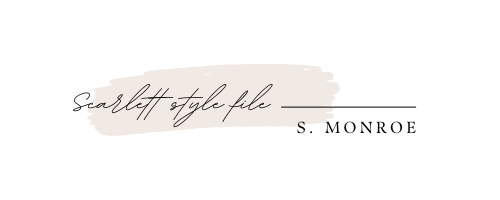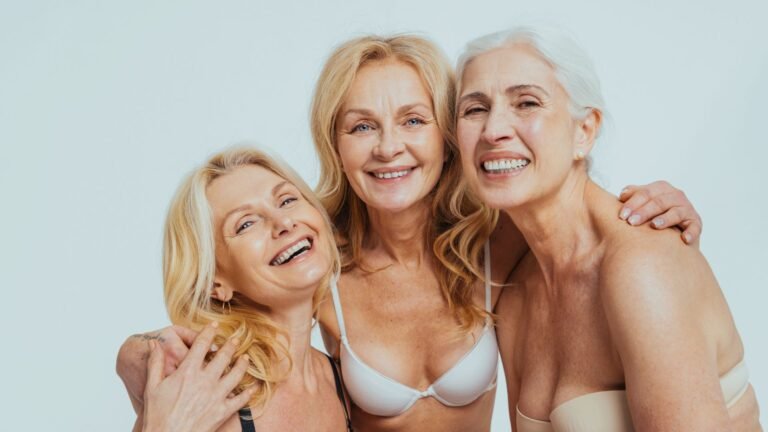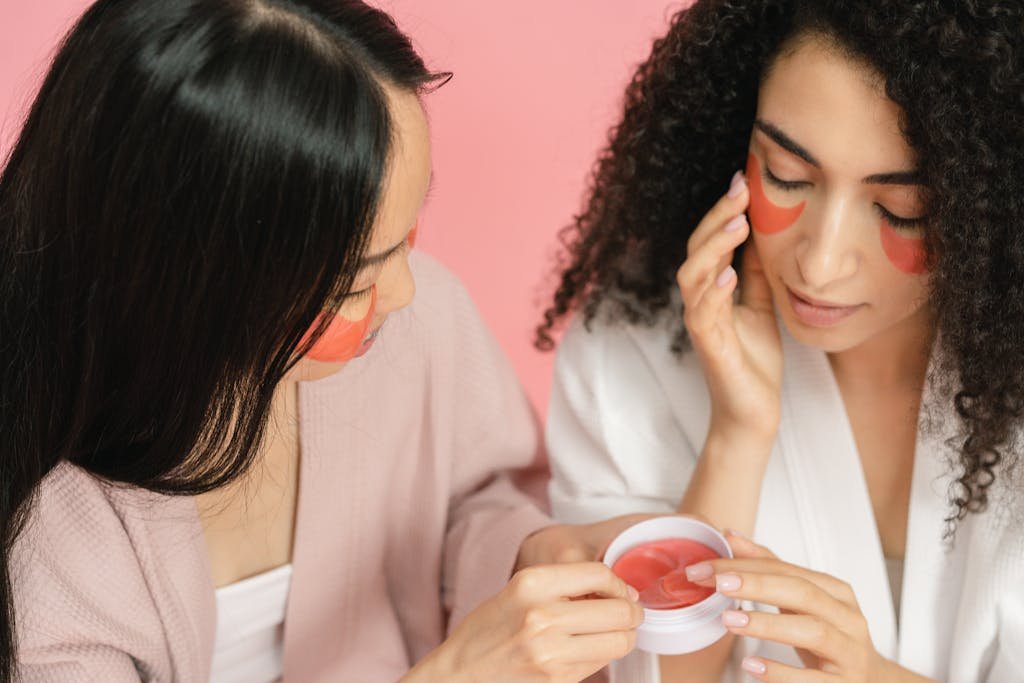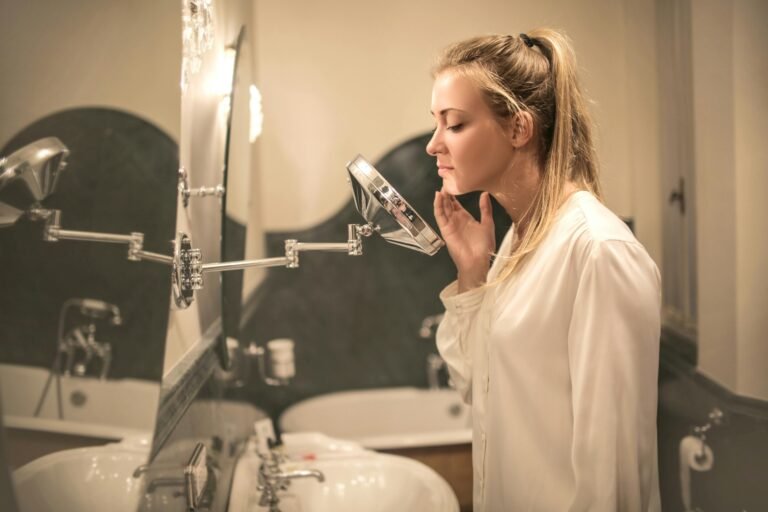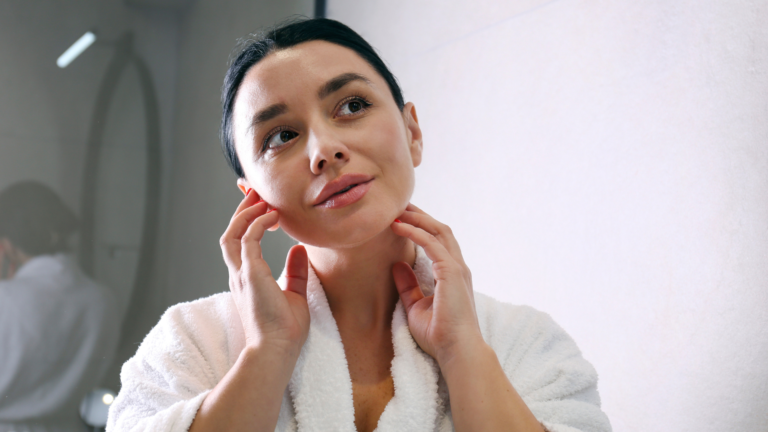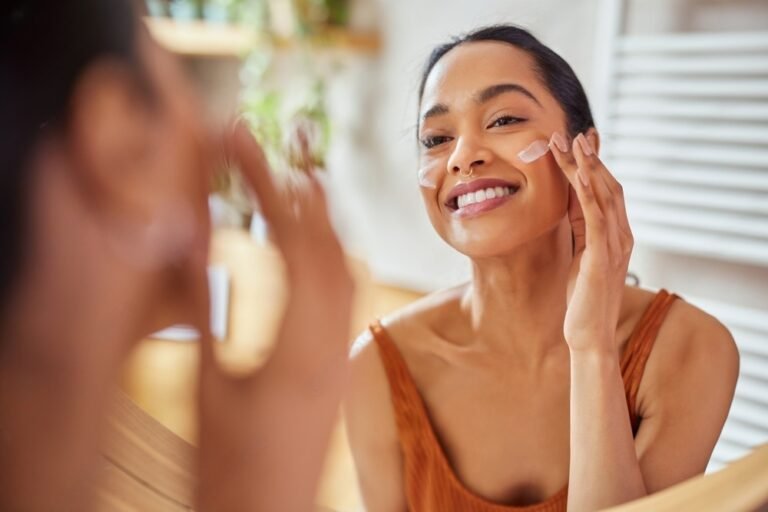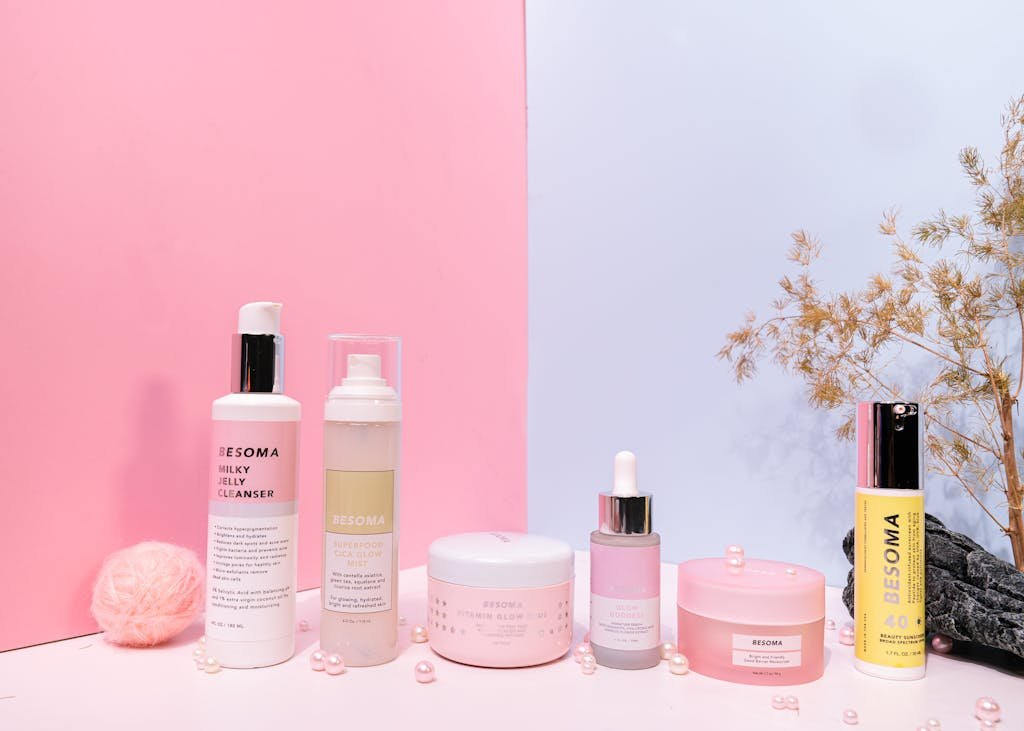Rosacea: How to Treat Flare-Ups with Treatments That Work
This post may contain affiliate links. That means that if you click on a link and purchase something I recommend, I will receive a small commission at no extra cost to you. As an Amazon Associate, I earn from qualifying purchases. This helps keep my website up and running and is very appreciated. Thank you for your support! Disclaimer
In today’s article, I want to talk about Rosacea , What’s it , the causes and how to treat it . So let’s get started
If you don’t have time to read this post right now, why not save it for later?
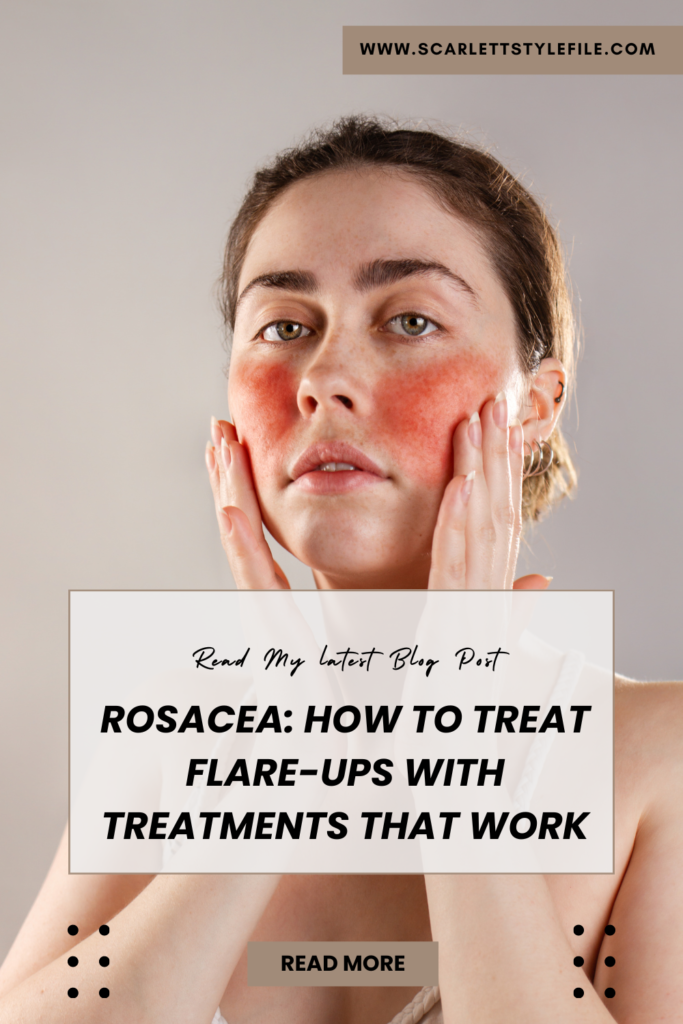
Rosacea: How to Treat Flare-Ups with Treatments That Work
my experience with rosacea

So, I’ve got rosacea, and sometimes it acts up big time. Like, whenever I hit the gym hard or eat some spicy food, I step outside and boom! My face turns as red as a tomato. It’s no joke! I’ve even had strangers stop me on the street, thinking I needed medical attention because I looked that flushed.
That being said, I understand that rosacea might seem like just a minor thing, but it can seriously mess with your head. It’s not just about having a slightly pink face. Sometimes it goes deeper and messes with your emotions. And if you let it go, that pinkness can turn into a more serious redness that really brings you down. So, it’s smart to deal with it sooner rather than later. If you catch it early, you can actually manage those flare-ups and the redness they leave behind.
what is rosacea?

Rosacea is often called “adult acne.” It’s a long-lasting skin problem that flares up and calms down based on what triggers it. It can be irritating and bothersome, and it can also cause lasting problems, especially for the eyes.
With rosacea, you might notice your face turning red after a hot shower, eating spicy food, exercising, or when you’re stressed or anxious. You might also see tiny blood vessels on your face that look like squiggly lines, called telangiectasias. These can get worse over time. You might also get red bumps and pimples, mostly on your cheeks and nose. That’s what rosacea looks like.
But one thing you usually don’t see with rosacea is blackheads. This is a bit of a debate among dermatologists, some like to split conditions into different categories, others like to group them together. Blackheads are usually a sign of regular acne, not rosacea. So, if you have a lot of blackheads, you probably don’t have rosacea.
Related : How To Treat Blackheads, Whiteheads, And Milia: Effective Treatments And Prevention
who gets rosacea?

Typically, women between 30 and 50 years old are more likely to have rosacea compared to men. Also, it’s common among people with lighter skin tones (skin types one through three), but that doesn’t mean those with darker skin tones can’t get it too. It’s just that it might be trickier to notice because the flush and broken blood vessels are harder to see on darker skin. So, generally speaking, it’s more visible on white people because it’s easier to spot the symptoms.
what causes rosacea

The true underlying causes of rosacea still remain somewhat elusive, but that’s par for the course in the world of dermatology. There’s a familial connection at play—so if you’ve got relatives sporting rosacea, chances are you might inherit it too.
On the surface of your skin, there are these vascular changes happening where our blood vessels gradually widen and become more prominent. This process can exacerbate the symptoms of rosacea.
When it comes to heat, it’s a big red flag (pun intended). We’ll delve into that in a moment because it triggers the dilation of those blood vessels, worsening the flushing.
UV exposure is another culprit. Soaking up the sun isn’t exactly your skin’s best friend if you’re dealing with rosacea. It also prompts that vasodilation, swelling, and aggravation of inflammation.
Let’s not forget about the microbial aspect. Yep, the microbiome buzz is real, and it has relevance here. Although we won’t dive deep tonight (that’s a whole other article), there are microbial changes and critters like demodex mites chilling on our skin. Surprisingly, they can ramp up inflammation and worsen the rosacea situation.
Lastly, messing with your skin barrier spells trouble. Overdoing it with exfoliation or scrubbing can strip away its natural defenses, making your rosacea symptoms a lot more noticeable. Knowing these factors arms you with the knowledge to tackle the issue head-on and treat it effectively.
What triggers of rosacea

So, the dermatologists will advise you to steer clear of all the good stuff: chocolate, spicy food, heat, and alcohol, though I personally only indulge in the latter. Do I actively seek to limit my exposure? Not entirely. While I do make efforts to minimize triggers, I’m not a teetotaler nor do I abstain from chocolate entirely. I’m conscious of my intake of spicy food, but let’s face it, I do indulge. However, reducing these triggers can only be beneficial. The described indulgences lead to vasodilation, increasing blood flow to the skin, exacerbating inflammation, and ultimately worsening the long-term effects of rosacea.
best product to treat rosacea

So, what are some over-the-counter remedies we can use to address this, and how can we take steps to alleviate it using readily available options from places like the supermarket or our nearby pharmacy?
If you’re in search of a brand , (and I don’t have any affiliation with it), to address any underlying redness concerns, Avène, a renowned French brand, is worth considering. Their mist is particularly acclaimed for soothing redness. I suggest giving it a try. Additionally, they offer the Xerocalm cleanser, though it’s best suited for dry or sensitive skin types. For addressing redness specifically, they have a dedicated cleanser that I’d suggest experimenting with. And don’t overlook their moisturizer range, it’s quite effective.
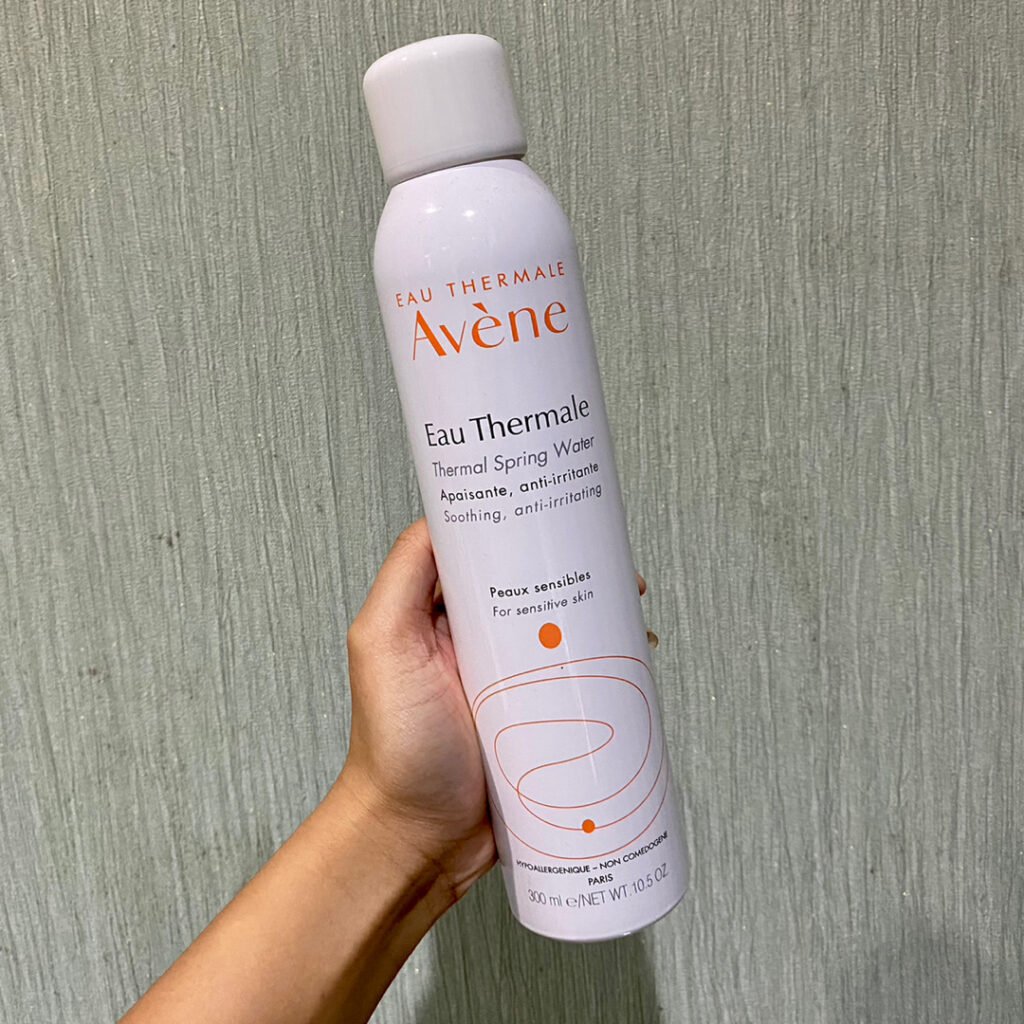
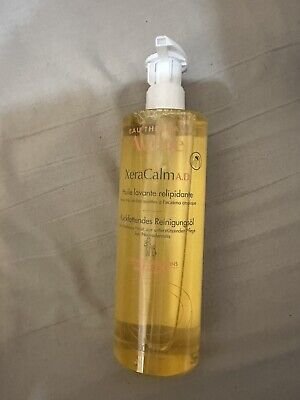
Hyram has recently unveiled his skincare line, Selfless by Hyram, and I must say, I’m quite impressed by his green tea and centella face wash. It’s incredibly soothing, making it a solid recommendation, particularly for those dealing with underlying redness.
Centella asiatica, or sika as it’s also known, has been a staple in skincare for centuries, especially in the Far East, owing to its redness-reducing properties. This gel cleanser from Hyram is exceptionally very gentle . It has no scent because it’s Hyram; he’s fragrance opposed. But it is a very good cleanser, especially if you have sensitive skin and if you have underlying rosacea.
Another great brand I always rave about for tackling redness is Dr. Jart’s Cicapair line. They’ve got this Tiger Grass serum, packed with Centella Asiatica, that works wonders. Plus, their Cicapair color-correcting moisturizer might look green, but once you slap it on, it helps to minimize the effects of redness.
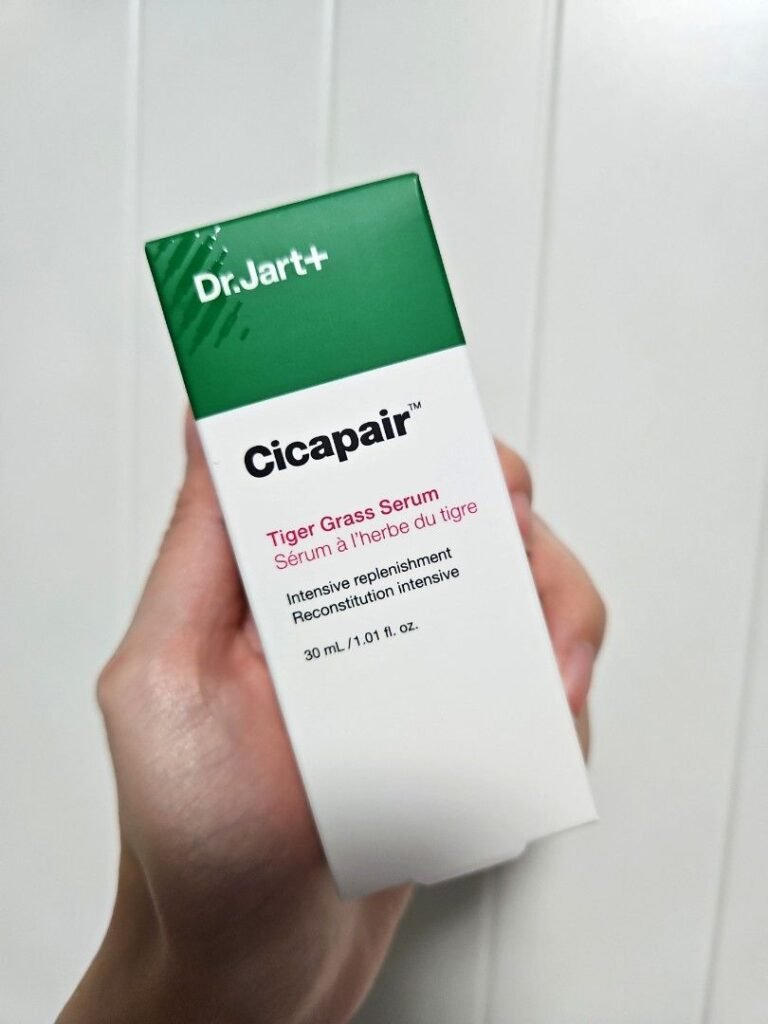

Obviously, if you’ve got darker skin tones like 4, 5, or 6, this moisturizer might not be your best bet. But again, you probably don’t deal with rosacea as much as us fair-skinned folks like me do. The green tint might look a bit odd at first, but once you rub it in, it just helps to mask any underlying redness.
So, sika is one of those ingredients especially when it’s in a thick green base, that can really help tone down that redness.
When it comes to dealing with rosacea without a prescription, azelaic acid is the way to go. It’s like this mysterious ingredient that works its magic in ways we’re not entirely clear on. But what we do know is that it’s got some anti-inflammatory powers that can really make a difference, depending on the concentration.
Personally, I find the 15% stuff you can get with a prescription to be the most effective, but if that’s not an option, there’s a 10% version from Paula’s Choice that you can grab over the counter. Fair warning, though, it’s got a bit of a funky smell and can get a bit grainy. Not exactly pleasant, but it gets the job done.

The thing with azelaic acid products is they tend to pill up, especially when they dry out. Another one I’ve tried is from The Ordinary, also at 10%, but it’s a suspension, which means it’s prone to pilling. That’s because azelaic acid comes in a powder form, so it needs to be suspended, and that can cause some texture issues.

So, if you’re finding it’s not playing nice with your makeup during the day, maybe save it for your nighttime routine. It might not be the most elegant solution, but it’s one of the best out there for calming down inflammation, even if it doesn’t completely zap the redness that comes with rosacea.
One of my go-to fixes for redness is arnica. It’s got some nice soothing properties going on; it’s a homeopathic remedy people use for bruises. So, yeah, arnica’s got that soothing factor.
There are a few brands floating around, but honestly, none have blown me away. You’ve got Arnicare Gel and Bioderma CicaBio Arnica+. I bought the latter when I was in Spain; not sure if it’s available Stateside, but it’s probably available in France. Personally, I prefer the Bioderma one over Arnicare.
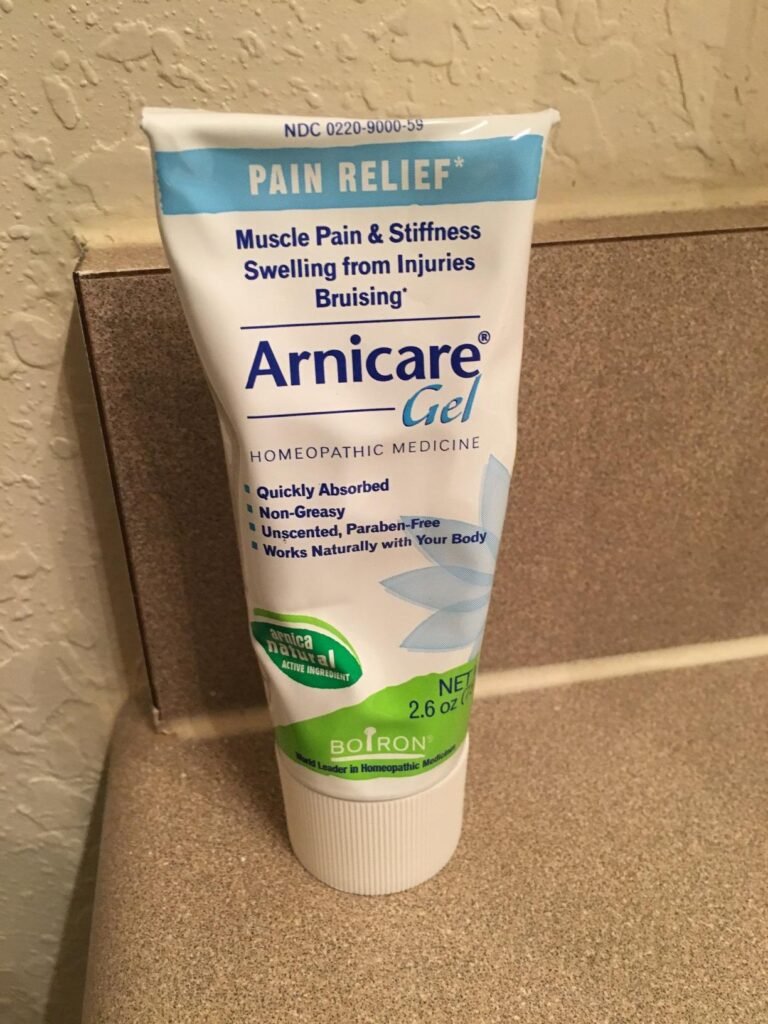
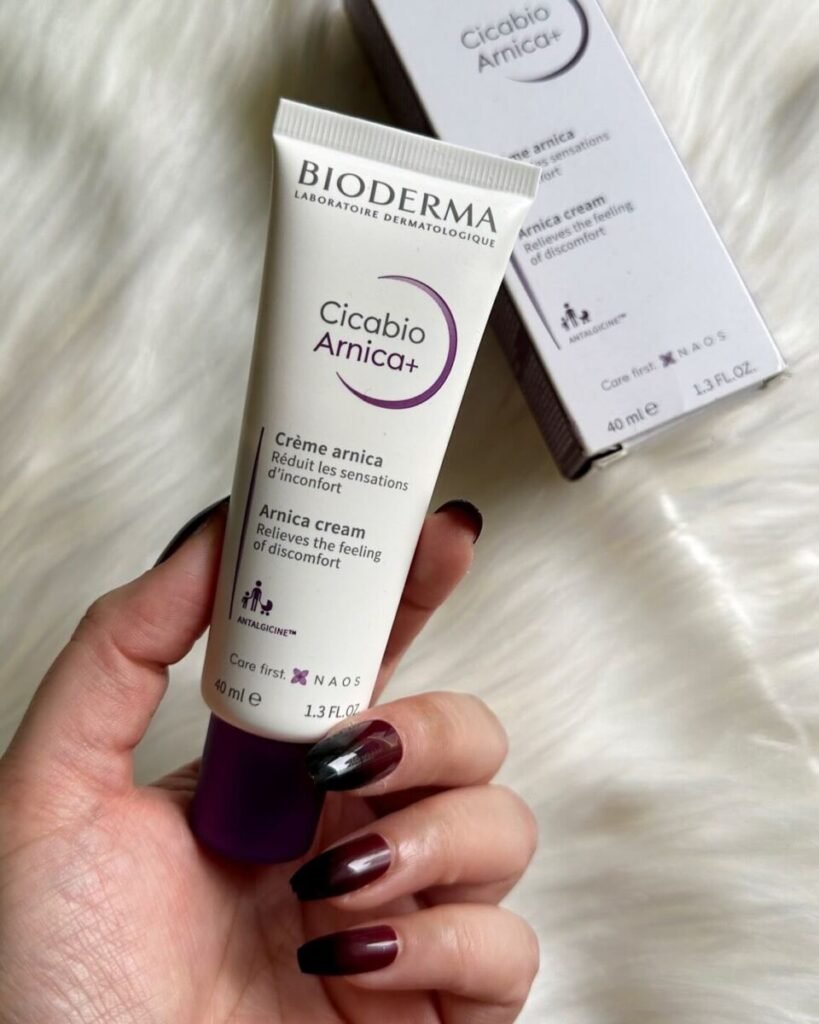
Arnica’s got this yellow tint, so it might turn a bit golden with age. Doesn’t mess with its mojo, though, just something to keep in mind if you have a lot of inflammation it’s worth a shot on your face, but if you’re super sensitive, tread lightly.
If you have rosacea, you might also deal with something called face dandruff, which is basically flaky and greasy skin, especially around your eyebrows. You can use Nizoral shampoo, which has ketoconazole, to help get rid of the yeast causing the flaking and greasiness. Your skin’s pH and condition make you more prone to this issue.
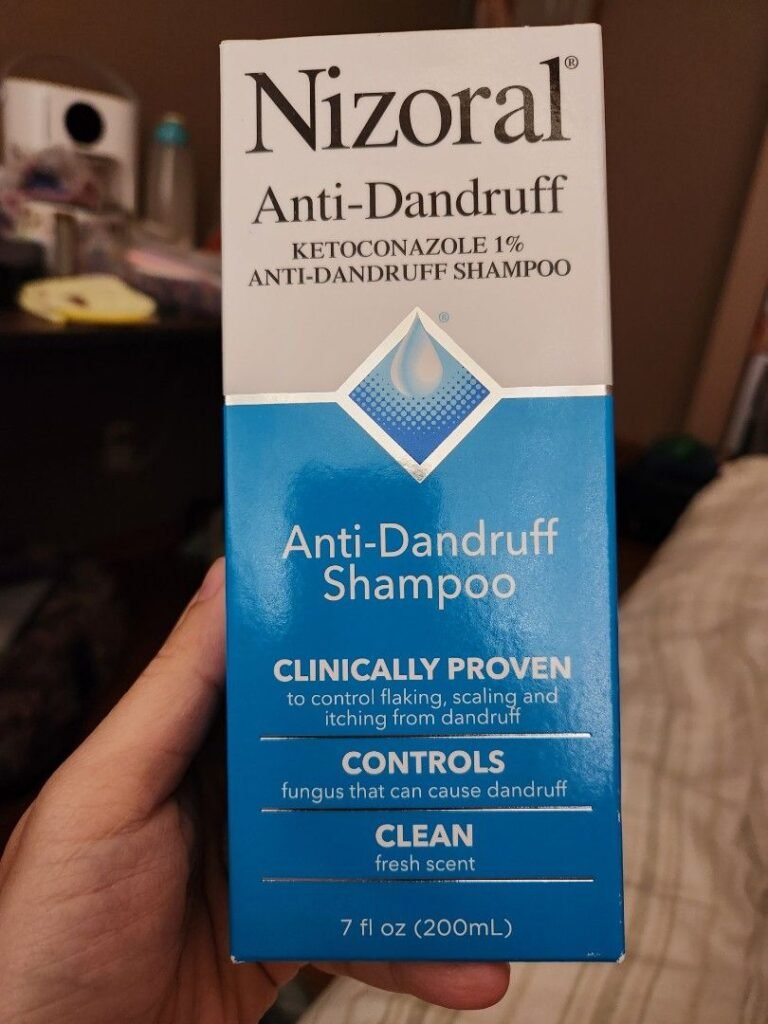
And finally, I did touch about having mites on your skin. A lot of us have them; we’re just not prone to being irritated by them, especially if our skin barrier is intact. But if it is not intact, benzoyl peroxide (PanOxyl) can help. I would suggest the one in 10% concentration but I would say just be careful if you’re very sensitive, as it can also irritate your skin.
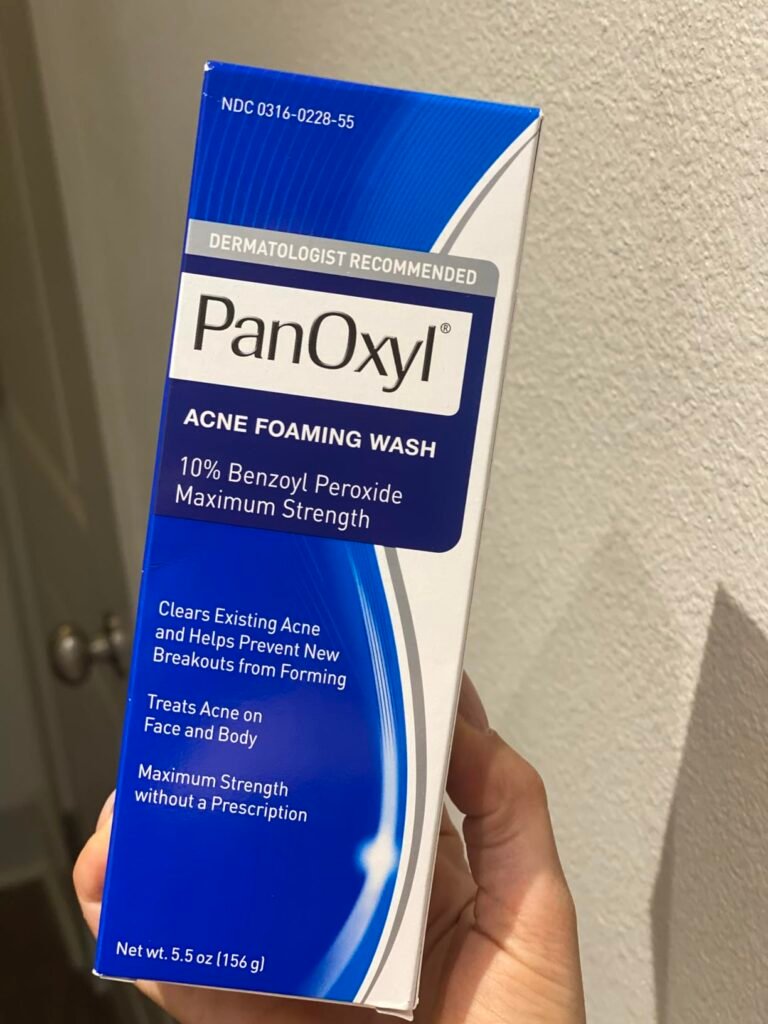
So you want to maybe use a benzoyl peroxide wash that is not as strong, something within the 2.5% to 5% concentration. But if you can’t find it, a little bit of PanOxyl mixed with another cleanser, such might help dilute it a little bit and can actually help keep those mites at bay.
So, to sum it up, these are the basic over-the-counter treatments you can try for rosacea. Personally, I’ve tried a lot to find what’s best for my skin. I’ve also had laser treatments, but we’ll talk about those another time.
The Bottom Line
I hope this helped you learn something new today. Feel free to leave any questions or feedback in the comments. I truly value my readers’ input.
